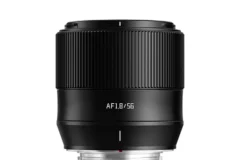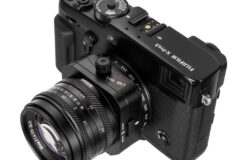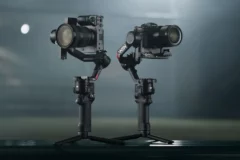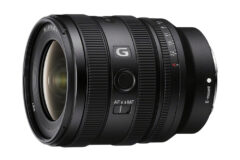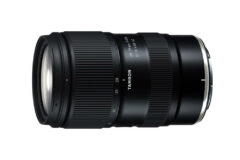Panasonic G9 vs Olympus E-M1 Mark II – Comparison
Our Panasonic G9 vs Olympus E-M1 Mark II comparison article is ready and you can check the details of these high-end cameras with Micro Four Thirds image sensors.
Panasonic G9 and Olympus E-M1 II has the same sensor size and resolution in Micro Four Thirds worlds. Both camers offer 20-megapixel resolution.
We think the Panasonic G9 is a direct competitor of the Olympus E-M1 Mark II. The new camera is a good proof of Panasonic’s answer to target still photographers. The MFT shooter is designed for sports and wildlife photographers.
With the G9, sensor shift technology allows you to capture images at a higher resolution of 80MP by moving the sensor. On the E-M1 II the JPG output is limited to 50MP. Another difference between these two cameras is that Panasonic G9’s sensor lacks anti-alias (Low-Pass) filter.
The price of Panasonic G9 is almost $100 cheaper than the Olympus E-M1 Mark II. The G9 costs $1,699 while the E-M1 Mark II is currently seeling for $1,799.
If you’re looking to upgrade to a camera with Micro 4/3rds sensor, the Panasonic G9 vs Olympus E-M1 Mark II comparison covers all the important specifications of each camera.
Differences Between the Panasonic G9 vs Olympus E-M1 Mark II Cameras
Here is the comparison of the Panasonic G9 vs Olympus E-M1 Mark II cameras. Some differences like sensor, image size, shooting speed, lcd size etc.. detailed as bold on the table.
| Features / Models | Panasonic G9 | Olympus EM1 Mark II | Olympus EM1 |
|---|---|---|---|
| Megapixel | 20 megapixels | 20 megapixels | 16.3 megapixels |
| Sensor size / type | Four Thirds (17.4 x 13 mm) | Four Thirds (17.4 x 13 mm) | Four Thirds (17.4 x 13 mm) |
| Image processor | Venus Engine | TruePic VIII | TruePic VII |
| Low pass filter | No Anti-aliasing | Yes | Yes |
| Image stabilization | 6.5 stops | 5.5 stops | 5-Axis |
| AF System | DfD (Depth from Defocus) system | Contrast + Phase Detect sensor | Contrast detect+Phase detect |
| AF points | 225 points | 121 points | 81 points |
| ISO | 100-25600 | 64-25600 | 100-25600 |
| Shutter Min/Max | 60sec 1/32000 sec | 60sec 1/32000 sec | 60 sec 1/8000 sec |
| Top Continuous Shooting Speed | 60fps | 60fps | 10fps |
| Video | 4K Ultra HD up to 60fps and 150Mbps, In 1080p, the maximum frame rate is 180fps. The full-size HDMI port can output a 4:2:2 8-bit signal a | 4K video up to 30fps and 102Mbps, In 1080p the maximum frame rate is 60fps. The micro HDMI port can output 4:2:2 8-bit. | 1920 x1080 (30, 25, 24 fps) |
| Display | 3.0″ TFT- LCD Rear Screen, Fully Articulated (1037K pixels) | 3.0″ TFT- LCD Rear Screen, Fully Articulated (1037K pixels) | Tilting 3.0″Rear LCD (1037k) |
| Viewfinder | Electronic Viewfinder (100%) 3,680k dots | Electronic Viewfinder (100%) 2,360k dots | Electronic Viewfinder (100%) 2,360k dots |
| Hot-shoe | Yes | Yes | Yes |
| Battery Life (CIPA) | 400 shots | 350 shots | 350 shots |
| Wireless connectivity | Built-in | Built-in | Built-in |
| Dimensions | 137 x 97 x 92mm | 134 x 91 x 67 mm | 130 x 94 x 63 mm |
| Weight | 658 gram | 574 gram | 497g |
Advantages of the Panasonic G9:
- Provides higher movie framerates for better video recording (4K/60p vs 4K/30p).
- It has a higher resolution electronic viewfinder for more details (3680k vs 2360k dots).
- It has an LCD display on top to control shooting parameters.
- Is somewhat more recent and newer technology inside (there is 1 year gap between the E-M1 II).
Olympus OM-D E-M1 Mark II Pros:
- It has a lower weight (by 84g or 13 percent) and is thus easier to take along.
- It has been on the market for longer (launched in November 2017). So better price drops ahead for new buyers.
See also full list of 2017 Canon Black Friday Camera and Lens Deals and Olympus Camera and Lens Rebates
